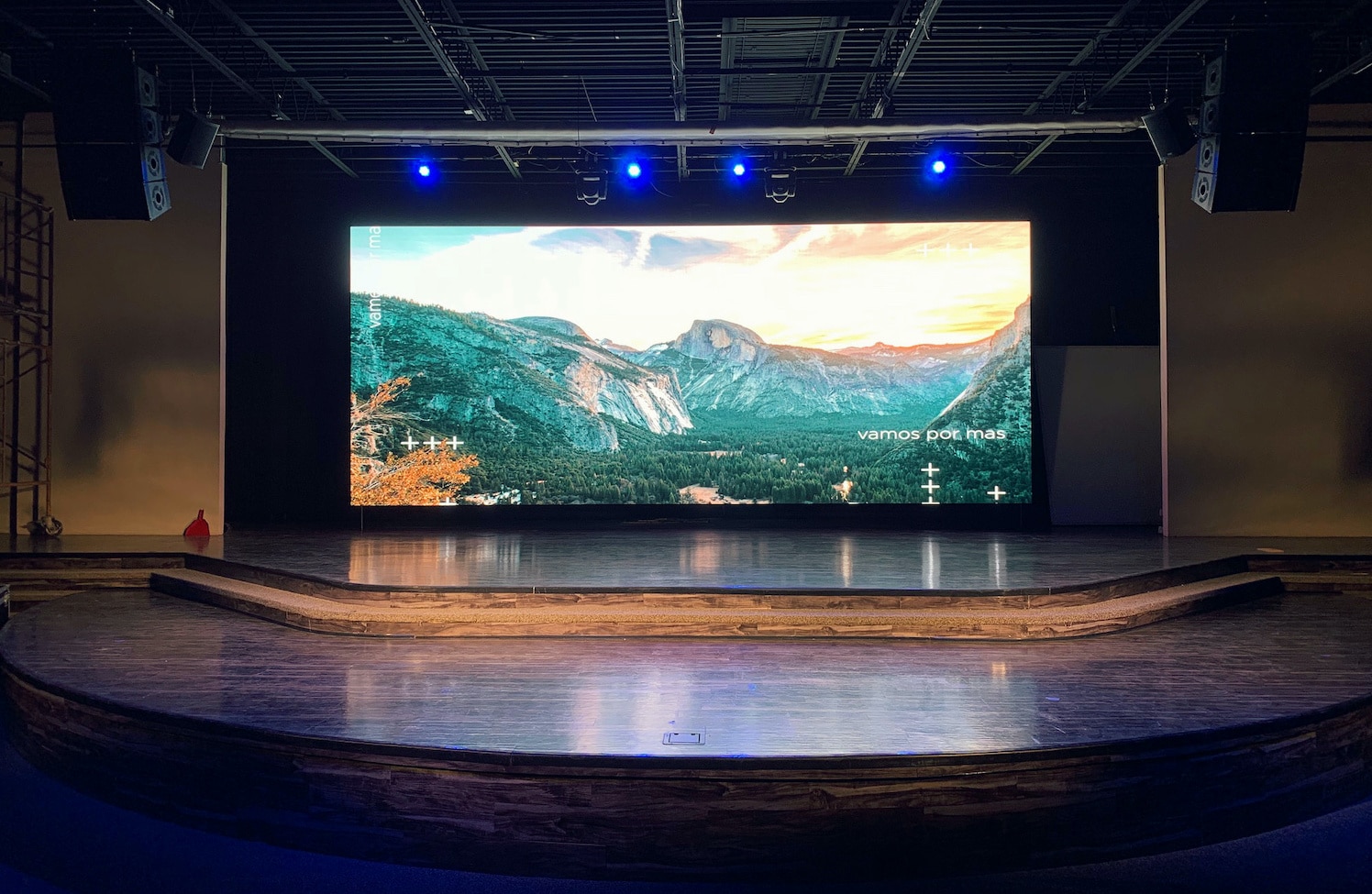Exploring the Efficacy of Diverse LED Display Adjustment Techniques for Ideal Visual Output
Wiki Article
LED displays have grown increasingly popular in various settings, including theaters, concerts, and corporate gatherings. These large displays provide vibrant colors and sharp visuals, making them ideal for graphic presentations. However, to achieve the best display quality, appropriate tuning of Light Emitting Diode screens is crucial. Calibration refers to the method of adjusting the display parameters to guarantee that hues, luminosity, and differentiation are precise and uniform. Various calibration techniques can significantly influence the total standard of the display encounter, making it important to explore the effectiveness of these methods.
One frequent method for tuning LED walls is manual tuning. This method involves adjusting the settings by hand, often using specialized instruments and programs. Specialists typically analyze the display's color precision and luminosity levels, making adjustments based on their observations. Manual tuning allows for a significant degree of personalization, as specialists can tailor the parameters to the specific environment and content being displayed. However, this method can be time-consuming and demands a skilled specialist to achieve optimal outcomes. In spite of its difficulties, manual calibration can lead to remarkable display quality when done correctly.
Another common tuning technique is the use of automatic tuning. This approach uses software and sensors to assess the display's performance and make adjustments instantly. Automatic calibration can save hours and minimize the risk for human error, as the program can rapidly analyze the display and implement the required changes. This method is particularly useful in settings where the Light Emitting Diode wall is often used for various types of content, as it can adapt to different illumination conditions and material needs. While automated calibration may not provide the same level of customization as manual calibration, it can still provide excellent results for many applications.

A third technique worth mentioning is the use of color tuning instruments. These devices, such as color measurement devices and spectral analyzers, measure the hue results of the Light Emitting Diode wall and help ensure that the colors shown are correct. By employing these instruments, technicians can identify any discrepancies in color representation and make the Web Site required modifications. This method is especially crucial for applications where color accuracy is essential, such as in visual art or film creation. Hue calibration tools can enhance the overall visual quality of Light Emitting Diode screens, ensuring that the audience sees the intended hues and elements.
In conclusion, the efficacy of different LED wall tuning techniques plays a crucial role in achieving best display performance. Manual tuning offers personalization but can be labor-intensive, while automated calibration provides speed and uniformity. Additionally, color calibration tools help ensure correct hue reproduction, which is vital for many uses. By comprehending and utilizing these calibration methods, specialists can enhance the visual encounter for viewers, making LED walls an more effective instrument for communication and engagement. As innovation continues to progress, ongoing research and development in tuning methods will likely lead to more improved visual performance in the time ahead.